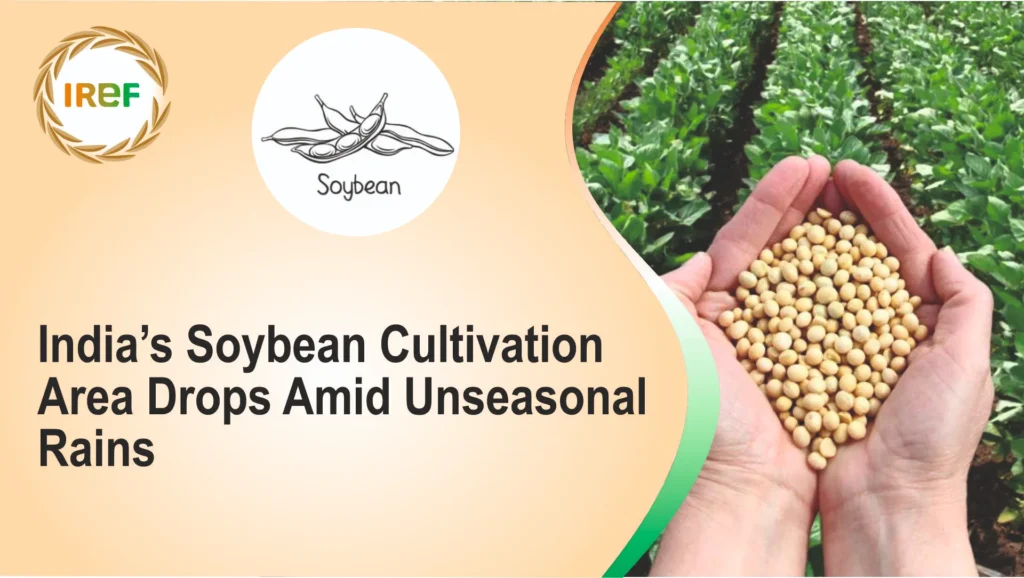The Soybean Processors Association of India (SOPA) has stated that the area under soybean cultivation this year has dropped by 3.110 lakh hectares (2.63%) as compared to last year due to a shift to other crops. Notably, sowing could not take place due to unseasonal rains during the sowing period.
The Soybean Cultivation Area is at the flowering stage
The release issued by SOPA highlighted that nearly 70% of the surveyed soybean cultivation area is at the flowering stage, and crop condition is generally normal across the surveyed areas. In the state of Maharashtra, districts such as Jalna, Buldhana, Beed, Latur, Hingoli, Nanded, and Parbhani have healthy crop conditions and normal vegetative growth, whereas parts of Washim, Akola, Hingoli, and Amravati have witnessed delayed sowing and shorter plant height due to delayed development. Furthermore, in the state of Madhya Pradesh, the overall crop condition is normal with nearly 70 per cent of the crop in the flowering stage.
Conditions of Soybean Cultivation Area in Other Districts
The districts of Pratapgarh, Chittorgarh and Baran in Rajasthan have an average crop condition and 70% area in the flowering stage. Moreover, the districts of Jhalawar and Kota have been severely affected by excessive rainfall and waterlogging. However, the soybean crop condition is generally satisfactory, especially in Maharashtra and parts of Madhya Pradesh. But an excessive rainfall has led to unsown areas, delayed growth, and waterlogging in parts of Madhya Pradesh and Rajasthan. Continued field monitoring and timely crop management practices are significant to support the crop through the remaining stages of growth.



